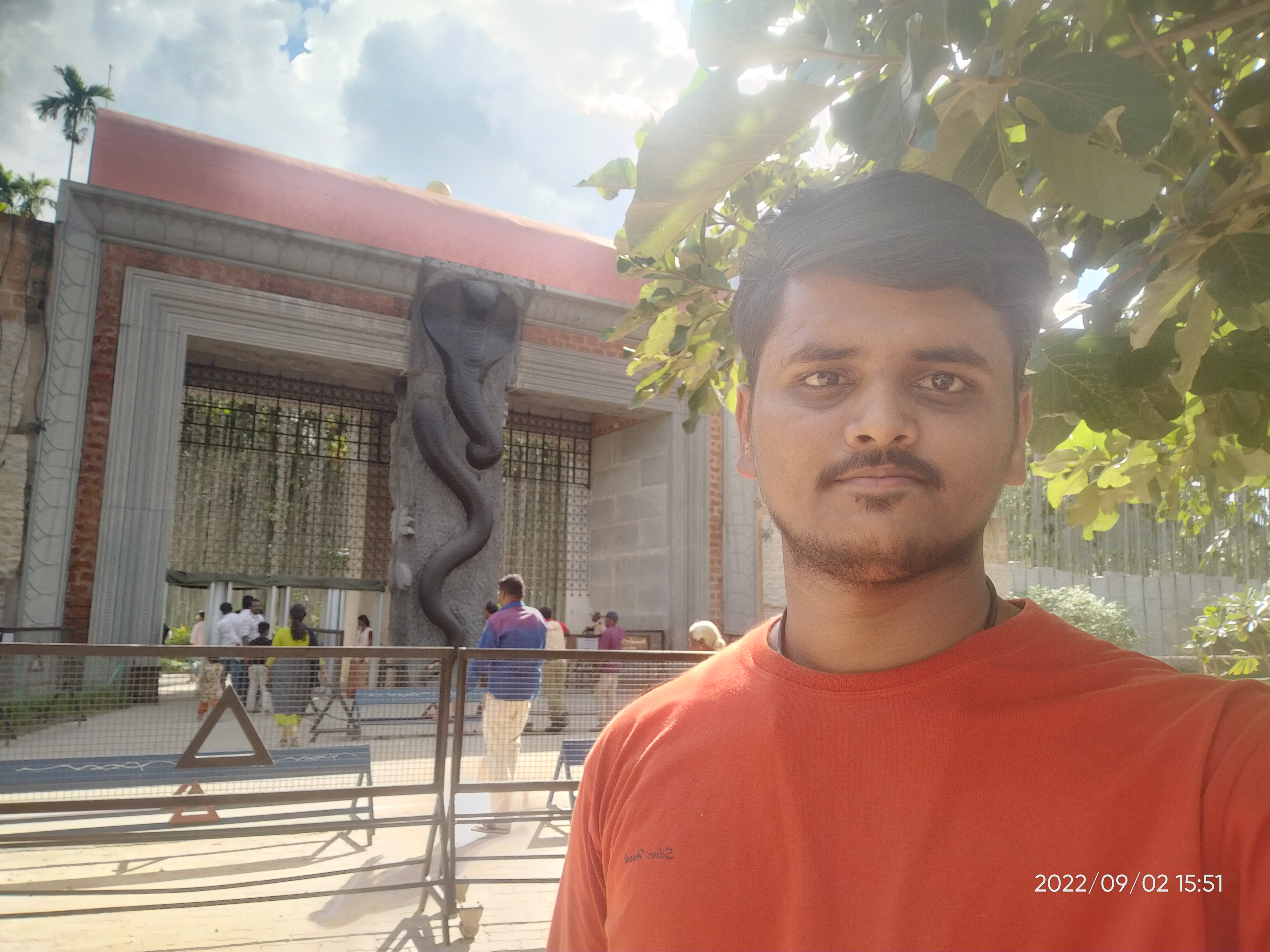CI/CD Pipeline
 OBULIPURUSOTHAMAN K
OBULIPURUSOTHAMAN K
What is the CI/CD Pipeline?
CI and CD is the process in which we automate the integration of code changes from multiple developers into a single codebase. It is actually a software development practice where the developers commit their work frequently to the central code repository-Github or Stash.
The key goals of Continuous Integration are:
1.To find and remove bugs quicker
2.Make the process of integrating code across a team of developers easier
3.Improving software quality
4.Reducing the time it takes to release new feature updates.
Continuous Integration

Continuous Integration (CI) is the process of merging code changes from various developers into a shared central repository often known as the main repository. The integration is then automatically tested using an automated build and test process. The objective of CI is to detect defects as early as possible and maintain a codebase which is consistent as well as deployablek Developers commit changes to code in a centralized repository often known as the main repository quite regularly Automated builds and tests detect errors early and improve code quality so that it is consistent.
Continuous Deployment/Continuous Delivery

Continuous Delivery automates the process of testing and staging, followed by manual approval for release, after that using Continuous Deployment we deploy every verified change directly to production.
Continuous Delivery : Here testing is automated and code is ready for manual approval before deployment
Continuous Deployment : Here the entire process is automated so that changes are released directly into production
Advantages of CI/CD
CI/CD offer us multiple benefits some of them are as following:

STEPS INVOLVED IN CI/CD PIPELINING:

1. Continuous Integration (CI)
CI focuses on automating code integration, building, and testing. These are the steps involved:
STEP 1: Code Commit
Firstly, Developers push their code changes to a version control system for example GitHub, GitLab, Bitbucket etc;
Code is then merged into a shared central repository which is often known as the main or develop branch.
STEP 2: Automated Build
The CI server for example Jenkins, GitHub Actions, GitLab CI/CD pulls the latest code;
Dependencies are installed, and the application is compiled (if necessary).
STEP 3: Static Code Analysis & Security Checks
Tools like SonarQube, ESLint, or Bandit analyze code quality.
Security scanning tools check for vulnerabilities (e.g., Snyk, OWASP Dependency Check).
STEP 4: Automated Testing
Unit tests, integration tests, and API tests are executed using frameworks like JUnit, Jest, or PyTest.
If tests fail, the pipeline stops and notifies the developers.
Continuous Deployment/Delivery (CD)
CD focuses on automating the release and deployment process.
STEP 5: Artifact Creation & Storage
Successful builds generate artifacts (JAR, Docker images, etc.)
Artifacts are stored in a registry (e.g., Docker Hub, Nexus, AWS S3).
STEP 6: Staging Deployment
The application is deployed to a staging environment for further testing
Performance, security, and user acceptance testing (UAT) may be performed
STEP 7: Continuous Deployment (Optional)
If fully automated, the pipeline deploys the application to production after passing all tests
Canary releases or blue-green deployment strategies minimize risk
STEP 8: Monitoring & Rollbackt
Tools like Prometheus, Datadog, and New Relic monitor application performance
Rollback mechanisms allow reverting to a previous stable version if issues arise.
CI/CD Tools:

Some commonly used CI/CD tools include:

Subscribe to my newsletter
Read articles from OBULIPURUSOTHAMAN K directly inside your inbox. Subscribe to the newsletter, and don't miss out.
Written by

OBULIPURUSOTHAMAN K
OBULIPURUSOTHAMAN K
As a Computer Science and Engineering graduate, I have cultivated a deep understanding of software development principles and technologies. With a strong foundation in Java programming, coupled with expertise in frontend and backend development, I thrive in crafting robust and scalable solutions. Currently, I am leveraging my skills as a Java Full Stack Engineer at Cognizant, where I am involved in designing and implementing end-to-end solutions that meet the complex requirements of our clients. I am passionate about leveraging emerging technologies to drive innovation and deliver tangible business value. My goal is to continually enhance my expertise and contribute to the advancement of software engineering practices in the industry.